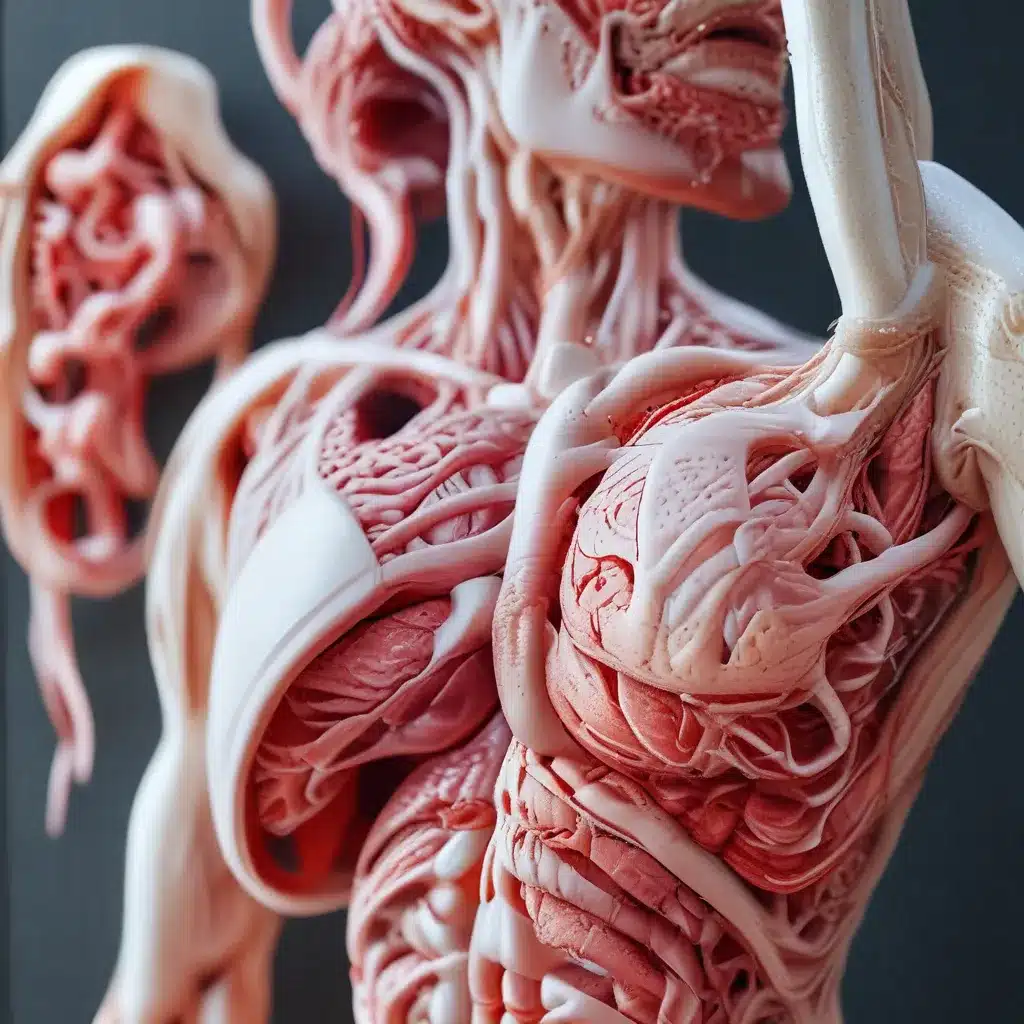
The Promise of Personalized Spare Parts
You know, when I first heard about 3D-printed organs, I thought it sounded like something straight out of a science fiction movie. I mean, how on earth could we possibly replicate the intricate, life-sustaining structures of the human body using nothing but a bunch of computer-generated designs and a high-tech printer? It just seemed too good to be true.
But as it turns out, the brilliant minds in the world of medical research have been making some truly remarkable strides in this field. In fact, experts are now telling us that we could see the first fully functional, 3D-printed human organs hit the market within the next 20 to 30 years. Can you believe that? It’s like something out of the Jetsons!
According to industry analysts, the global market for bioprinting (the process of using 3D printing to create living tissues and organs) is expected to skyrocket from $17 billion in 2021 to a staggering $53 billion by 2030. And the reasons why are almost as impressive as the technology itself.
Goodbye, Donor Shortages
One of the biggest advantages of 3D-printed organs is their ability to address the persistent shortage of donor organs that has plagued the medical community for decades. Worldwide, over 147,000 organ transplant surgeries were carried out in 2021, with kidneys accounting for 65% of those procedures. But with over 110,000 people in the US alone still waiting for a life-saving transplant, and 20 of them dying every day, the need for a more sustainable solution has never been more pressing.
Enter 3D-printed organs. By leveraging the latest advancements in 3D bioprinting, researchers are now able to create complex, functional organs that closely mimic the structure and performance of their natural counterparts. And the best part? These personalized spare parts can be tailored to the unique anatomical and physiological requirements of each individual patient, greatly reducing the risk of rejection.
A Friendlier Fit
You see, one of the biggest challenges with traditional organ transplants is the body’s natural immune response. Around 10 to 30 percent of transplant patients end up experiencing organ rejection, as their immune system mistakes the new organ as a foreign invader and attacks it.
But with 3D-printed organs made from the patient’s own cells, that risk is significantly reduced. Since the transplanted organ is essentially a perfect genetic match, the body is much less likely to see it as a threat. It’s like introducing a long-lost twin to the family – they’re practically guaranteed to get along!
The Road to Regeneration
Of course, 3D-printed organs aren’t quite ready for prime time just yet. Experts say it could still be a couple of decades before we see the first fully functional, transplantable hearts and lungs. And there are still some significant technical hurdles to overcome, like figuring out how to print intricate vascular networks that can properly oxygenate and nourish the artificial tissues.
But the progress made so far is nothing short of mind-blowing. We’ve already seen the successful 3D-printing of simpler structures like skin, cartilage, and bladders. And researchers are constantly pushing the boundaries, exploring new biomaterials and refining the printing process to create even more complex and functional organs.
A Future of Personalized Medicine
Honestly, the potential of this technology is just staggering. Imagine a world where you could simply print out a replacement part for your body, tailored to your exact specifications, whenever something starts to wear out or malfunction. No more waiting around on endless transplant lists, no more anti-rejection medications, and no more worrying about your body rejecting a foreign organ.
It’s a future that might sound like science fiction, but thanks to the tireless efforts of researchers and innovators, it’s quickly becoming a reality. And as the team at IT Fix can attest, when it comes to the rapid advancements in medical technology, the future is already here.
So, who knows what other amazing breakthroughs we might see in the years to come? Maybe one day, we’ll be able to 3D-print entire limbs or even replace our failing eyesight with custom-made ocular implants. The possibilities are truly endless, and I, for one, can’t wait to see what the brilliant minds of the medical world come up with next.












